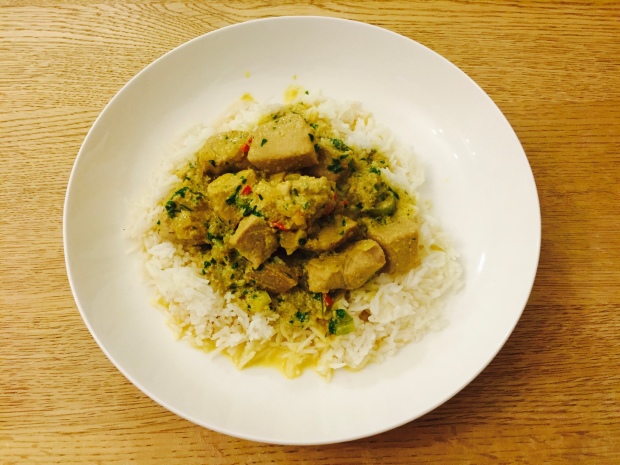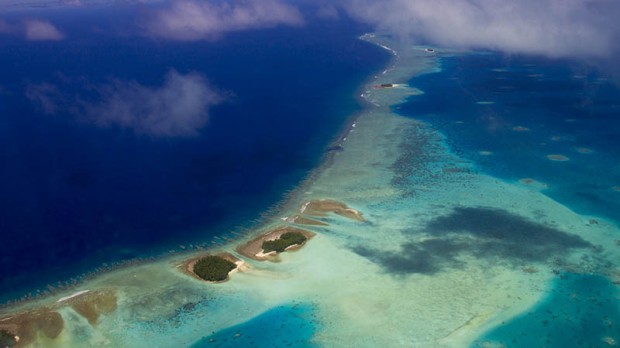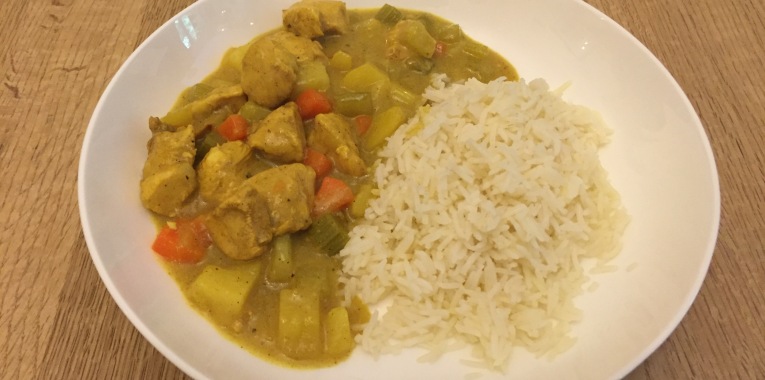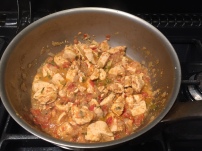We spent New Year’s Eve 2015 on the beautiful island of Mauritius, gorging on delicious seafood, sipping champagne on the beach and dancing the night away with new found friends! The Republic of Mauritius is situated in the Indian Ocean and with a population of 1.2 million, it has the highest population density in Africa. It is known for its beaches, lagoons and reefs, as well as it’s mountainous interior featuring Black River Gorges National Park, rainforests, waterfalls, hiking trails and abundant wildlife. Mauritius was the only known habitat of the now extinct dodo bird and the dodo is prominently featured as a supporter of the national coat of arms of Mauritius.
Mauritius has been ruled by the Portuguese, the Dutch, the French and the British. It became an independent state in 1968, following the adoption of a new constitution. There isn’t an official language but English and French are generally used by government administration and business.
Mauritius received the world leading island destination award for the third time and world’s best beach at the World Travel Awards in January 2012. Around 1 million tourists visit each year. Lonely Planet’s highlights include Pointe d’Esny and Blue Bay, the capital – Port Louis, Chamarel, Rodrigues coastal walk and Sir Seewoosagur Ramgoolam Botanical Gardens.
The cuisine of Mauritius is a blend of Chinese, European and Indian influences. French cuisine has also grown very popular. Recipes I came across included Gajak (deep fried snacks), Fish vindaye (spiced fish served with rice, lentils and chutneys), Gateau patat douce (sweet potato cakes), Dholl puris (fried thin bread stuffed with ground yellow split peas), Cari Mutton (Mauritian mutton curry) and Chicken daube (chicken stew). I decided to make Cari Poisson (fish curry) which was pleasantly flavoursome.
Rating: 7/10
Serves: 2
Prep time: 15 minutes
Cook time: 25 minutes
2 fish fillets
1/2 aubergine, cut into strips or batons
1/2 medium onion, sliced
1/2 tsp ginger and garlic paste, heaped
1/2 tbsp thyme leaves, fresh or dried
3 curry leaves, finely chopped
1 tomato, chopped
2 tbsp medium curry powder
1/4 tsp turmeric
1/4 tsp cinnamon
1/2 tsp ground cumin
1/2 tsp ground coriander
1 tbsp coriander leaves, chopped
1 tbsp spring onions, finely chopped
water
vegetable oil, for frying the fish and for cooking
1 & 1/2 tbsp cornflour
Pat fish dry, season with salt and pepper then coat in your corn flour evenly and fry in a pan with vegetable oil on medium heat till they turn a golden brown colour
Drain the fried fish slices on a paper towel to remove all the excess oil and put aside
Season the aubergine with some salt and pepper then fry in the same oil, drain the fried aubergine on a paper towel and put aside
In the same pan, add more oil if needed, and on a medium heat add in your sliced onions, thyme leaves, curry leaves and stir fry for 2 minutes, then add in the garlic and ginger paste, give it a stir
Mix the curry powder, tumeric, cinnamon, cumin and coriander with a little warm water so that it forms a paste and add to the pan and stir well
Add the chopped tomato and 50ml of water to start cooking the sauce, cover and cook on medium heat till tomatoes are done Progressively add 50ml of water in intervals if the sauce starts to dry out
The sauce should be creamy in texture, add in the fried fish with the aubergine and add warm water to preferred consistency, take care not to move the fish around too much or it will break
Taste for seasoning and add salt as needed
Transfer to a serving dish and garnish with coriander leaves and spring onions
Serve with steamed basmati rice







































































